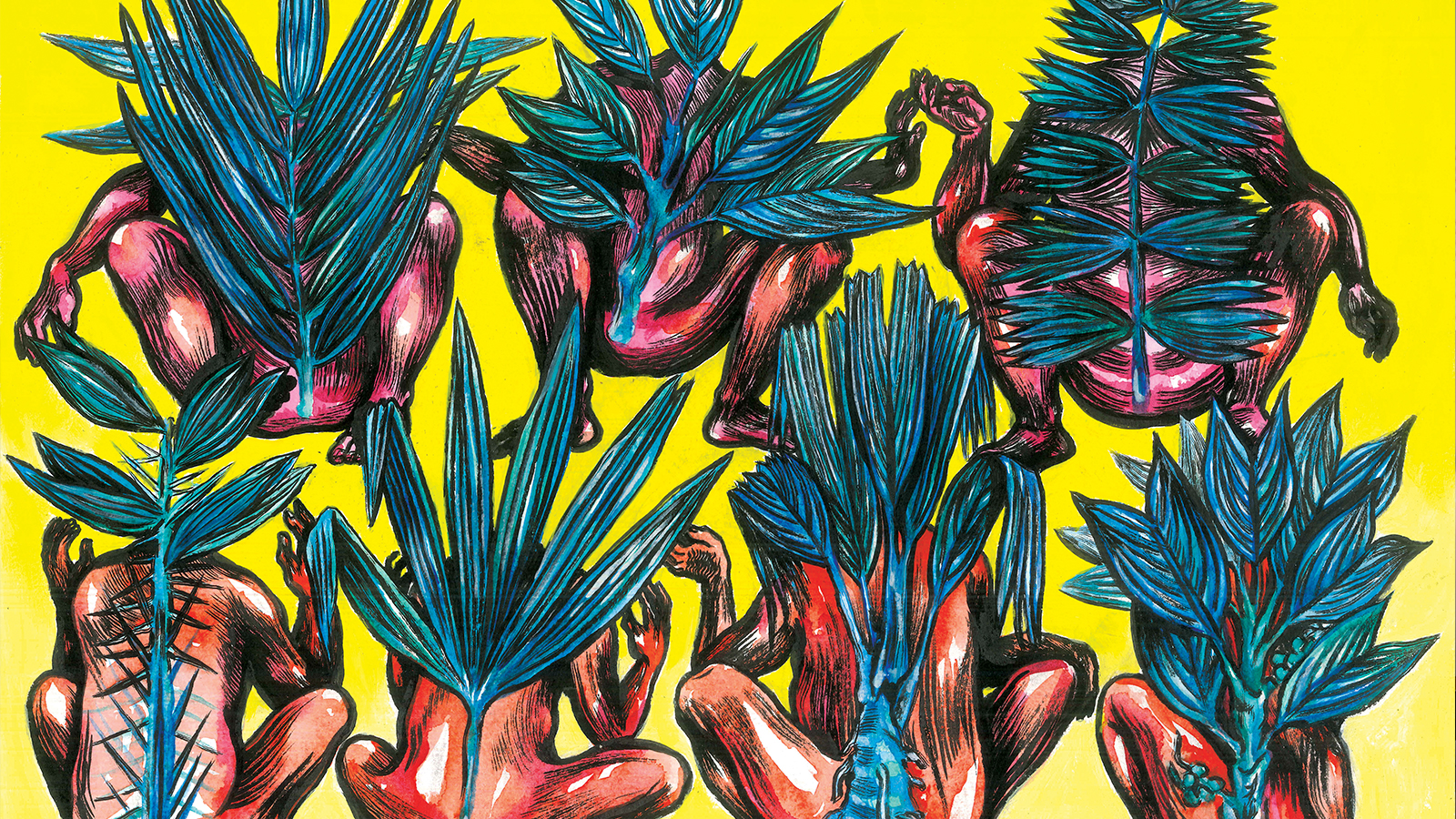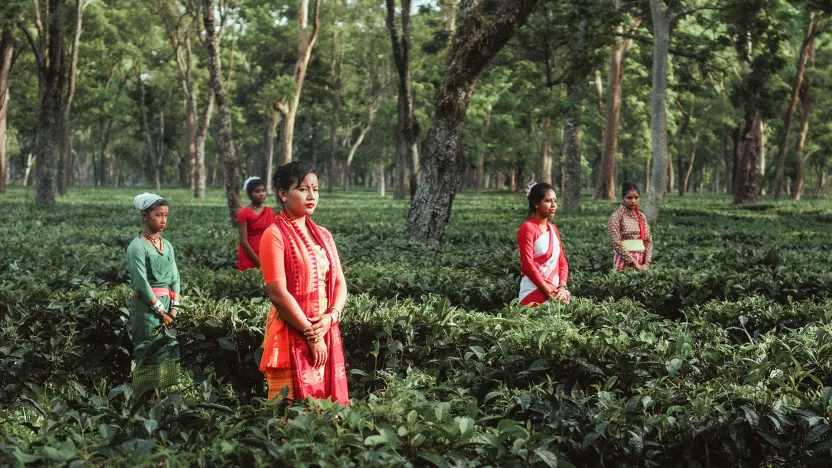
In 2019, the artists Ericailcane, Bastardilla, Hitnes, and the anthropologist Marco Tobón embarked on a journey into the heart of the Colombian Amazon. The group’s goal was to directly observe the life of native communities that lived far away from capitalism, a system that is only 827 years old but from which it seems impossible to break away—even for those who are not part of it.
The people they met refuted the idea that characterizes capitalism of time as a form of progress. If there is no capitalism without a future, for them, the future does not exist. History does not take a straightforward course; it does not follow a sequential line that starts from the past, crosses the present, and moves towards the future. They look to the past.
For the ‘people of the center,’ as these communities call themselves, also the present is in shambles. Yet, through the cracks of destruction, they can see the light of self-determination, hereditary knowledge, solidarity, mutual care, and the daily effort of the community. They are pursuing a path of an historical struggle that must be traveled while looking back to the past, to the culture and the political lessons learned from their forefathers who, in a dramatic and violent scenario like the present one, chart the course to address the future. They move forward with an eye to the past and live in a continuous present built on the teachings of their ancestors. There is still so much past ahead of us. This premise transforms the very sequential and teleological course of the history of capitalism. There is no place for the murui-muina in the linear era of alleged technological and mercantile progress.
The outcome of the group’s journey is a treasure trove of drawings and photographs that bear witness to the precious life of the natives of the region, and the dead end into which mankind has entered with capitalism. Here is the account of the anthropologist Marco Tobón, who lived this experience firsthand.
“Painted and written narratives arising from our encounter with the ‘people of the center,’ a name that is common to populations of Andoque, Murui-Muinai, Muinanes, and Nonuyas of the Caquetà River in the Amazon region of Colombia. Reflections on their place in the world, their knowledge, the strength and beauty of a culture that is right in the midst of a series of wars that should already end.
The first time you set foot in the Amazon region, you get the feeling that you have reached an uncharted world. We don’t know what the moon is like in real life, but we believe that the amazement triggered by landing on the moon is very similar: from the first moment, the sounds, the aromas, and the people become one. The forest is a veritable school fueled by such a vast human and intellectual heritage that it seems intangible.
The coordinates that inspired this book are typical of a place that, due to its geographical location, is accessible only by river, after several days of navigation from the nearest city, or on a 12-seat aircraft which flies there every 10 days.
Upon landing or disembarking, you are greeted by a majestic canyon, inhabited by countless species of animals and plants, notably on the two opposite banks, colorful guacamayas on one side, and ashy bats on the other. The canyon is traversed by a rushing river that separates the two banks, but, at the same time, it links the Muinanes, Nonuyas, Andokes, Murui muinas, the ‘people of the center,’ as they called themselves, and there they have settled. The river ticks the time of these communities through rain and shine, and its flow has witnessed the challenging stories of the people of the center throughout the centuries, from the bloody story of rubber harvesting through the armed conflict until today’s mining outposts and fracking, intensive exploitation of the land that is threatening to devastate the precious life forms of the Amazonian forest. It would be inconsiderate to believe that we can encompass using words and drawings, the scents, the images, the sounds, and the tastes of a world that, far from the familiar patterns of anthropization, keeps itself alive over time, resisting thanks to an ancestral knowledge that has been handed down orally over the centuries. Words that portray glimpses of a ‘quiet’ life and that continue to remain ethereal like a song illuminated by fire but as inevitable as the flow of a river.
Hasta ahí les puedo decir is the ink on paper that recounts some of the memories and words that originated there, that were collected and then sown from a forest inhabited by original and indigenous people, plants, animals, and technologies, the stories of which we will probably never be able to tell, as its custodians and guardians do on a daily basis.”



 in Italy
in Italy